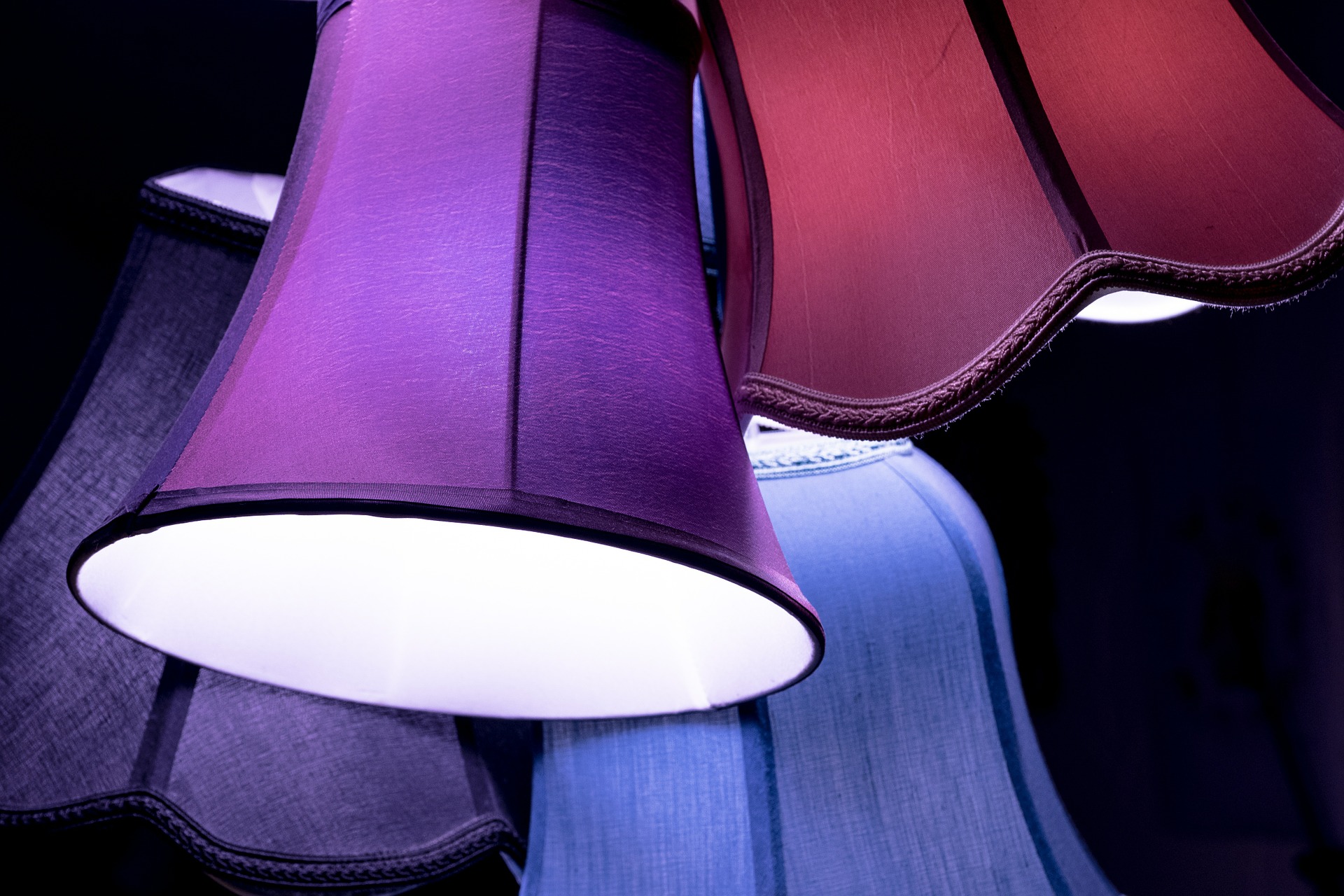In all your appliances at home, which do you think can easily start a fire?
Your television set? Possibly, as if it short-circuits, the sparks can fly out and start a dangerous flame!
Your oven or stove? Sure, if you leave scraps of paper, dried cloth, or anything else flammable in close contact, fire isn’t too far-fetched.
And you own a laptop? It’s said that if you leave it too long on your bed and it overheats, it’s a recipe for a burning disaster.
In actuality, most, if not all your appliances can start a fire, but one that’s most vulnerable is your lamp.
You need your lamp in order to bring in light into your home, especially at night. But if you don’t take control of it, it can lead to a disastrous house fire. Don’t let this happen to your home by following some easy and helpful tricks to ensure that your lamp won’t be the cause of you losing your home to a fire.
Use the Right Lightbulb
First thing’s first, you have to know what kind of lightbulb your new lamp requires. Usually, when you buy the appliance, it already has a lightbulb installed, but that bulb won’t last forever. You’re going to have to replace it sometime, and when you do, make sure that it’s exactly the same as the original. Anything different can lead to it exploding and starting a fire. Before you take it home, ask the people in the electronics store to tell you what kind of lightbulb your lamp requires. When it’s time to replace it, you’ll know what kind to buy that’ll ensure your house’s safety and simply by asking some of the local fire safety experts in your area.
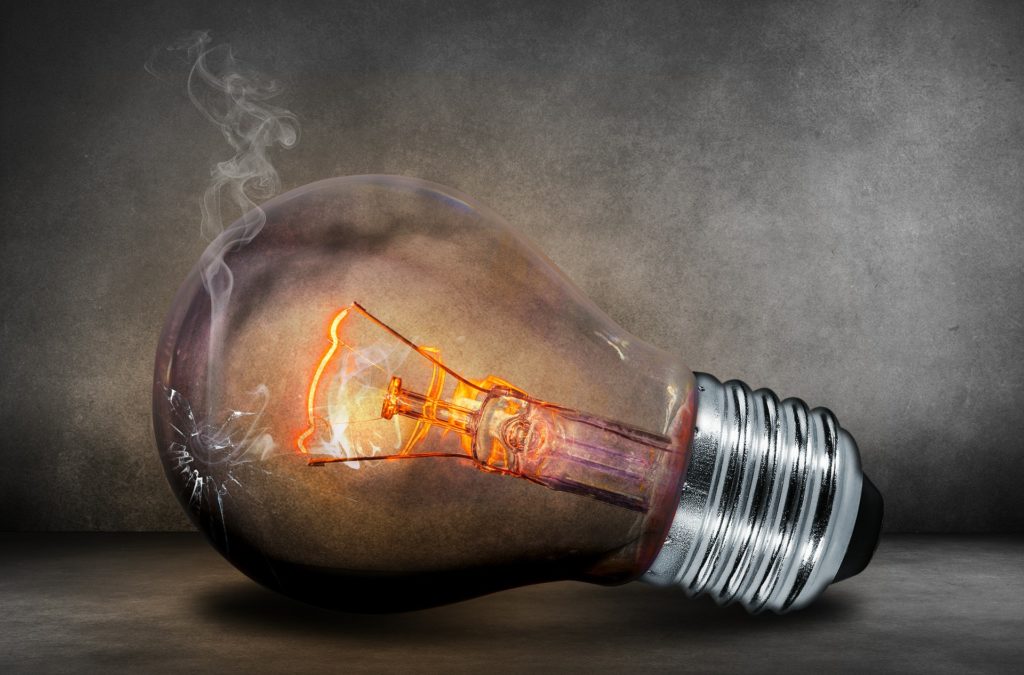
pixabay
Place It In the Corner
You have to be strategic in where you place it in the room. Usually, you might place it on your desk or on a small table near your sofa or chair so you can read properly. Although this is normal, such a position can leave it vulnerable to all sorts of accidents that might lead to starting a fire. A good place, instead, is in the corner. If you bought a standing lamp or one that’s bright enough to light up the entire room, its the best place is in the corner so it won’t be too wide open for external forces to break it, thereby starting a fire.
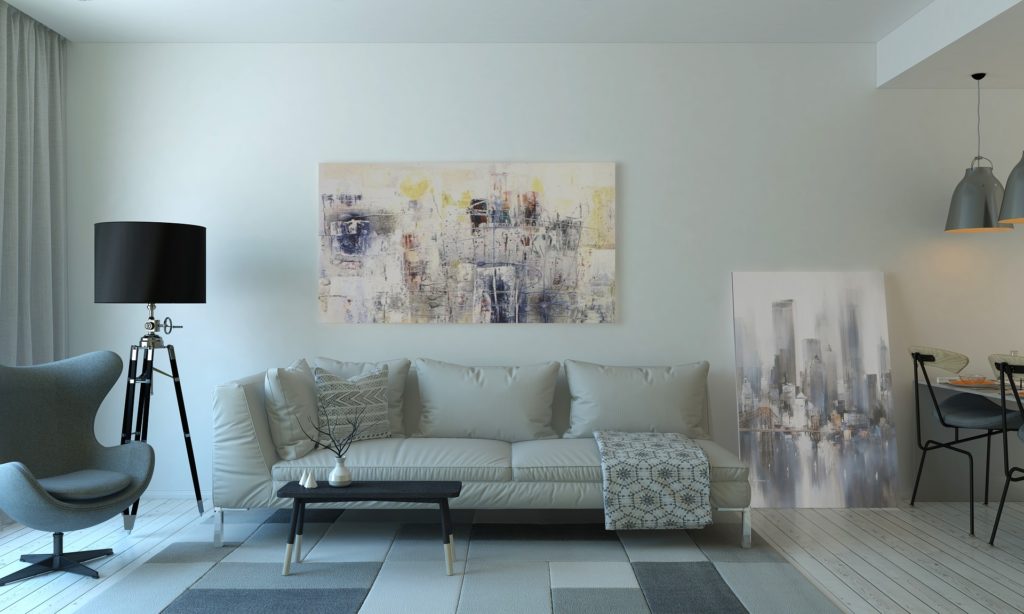
pixabay
Leave Space Around It
If you insist on placing your lamp near other furniture or even in the middle of the room, make sure that its area has a lot of space. This goes double for standing lamps, mostly because they can easily fall over with a gentle push, bump, and so on. If you have kids or pets, your lamp becomes more vulnerable to accidents that can start fires. At least, if there’s a lot of space surrounding the lamp, you can easily catch it or even put out the flames that came from such an accident. This might seem trivial at first, but this sort of decorating idea is actually a safety measure for you and your family.
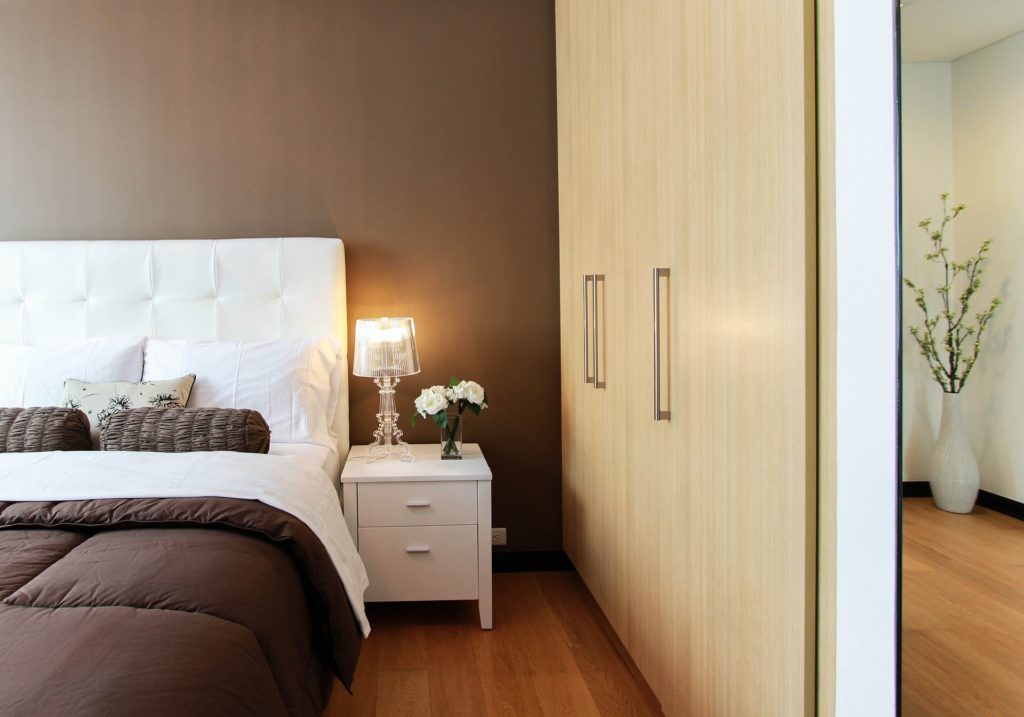
pixabay
Plug It In Properly
A lamp can start a fire from two sources, one is the more obvious lightbulb, and the other is its electrical wiring. Wherever you plug your lamp in, make sure you do so properly. This means don’t plug it in an area where your other electronics are already plugged in and make sure everything is secure before turning your lamp on. Any spark that may come from the short-circuiting of this electronic can lead to a flame that can grow into a house fire. This is why lamps are also commonly-placed in the corner, as oftentimes, they have their own sole sockets there where you can plug them in properly.
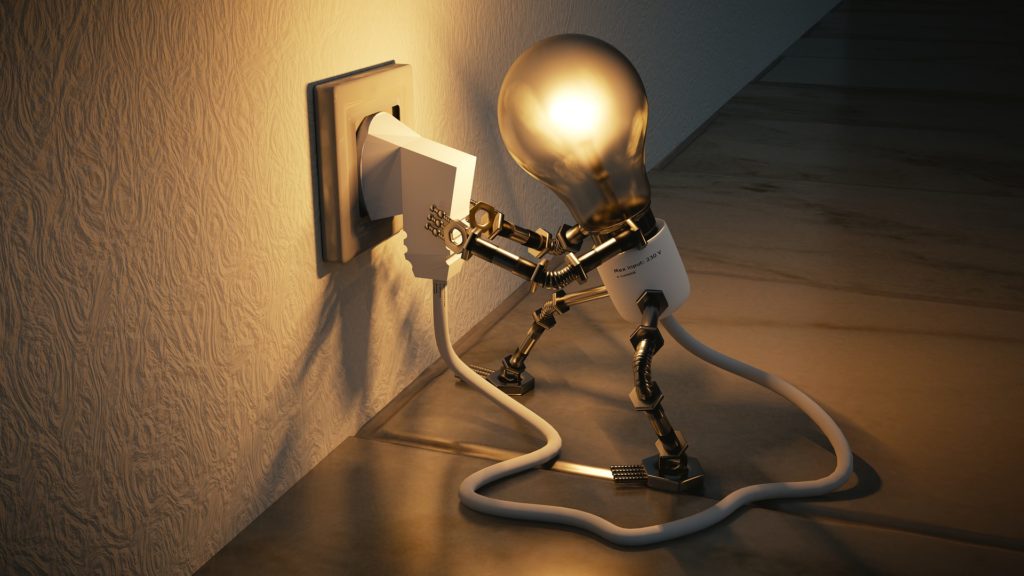
pixabay
Have A Lampshade
As much as you can, provide a lampshade for your lamp. Although brightness is important, too much of it can lead to too much heat, which in turn can lead to a fire. At least with a lampshade, you still get the right brightness with less possibility of a man-made tragedy. It’s even more fun as your lampshade can also be a design feature that can make all the difference in how the room looks overall. With its shape, color, design, and more, your lampshade can be that final element in your room to complete a look that you were going for.

pixabay
Remove All Dry Items
Similarly to the sun, if the light comes into too much contact with any dry object—the likes of paper, dr cloth, metal, and more—this can lead to the formation of flames, thereby starting a fire. Because of such, it’s important that you remove all dry objects within the area of where your lamp is. If your lamp is on your desk, hide such materials into the many drawers in that said desk. If it’s simply on a table, place such objects on the different ends of it so they’re less likely to flame up. Where you place these items around your lamp is crucial in avoiding starting a house fire.
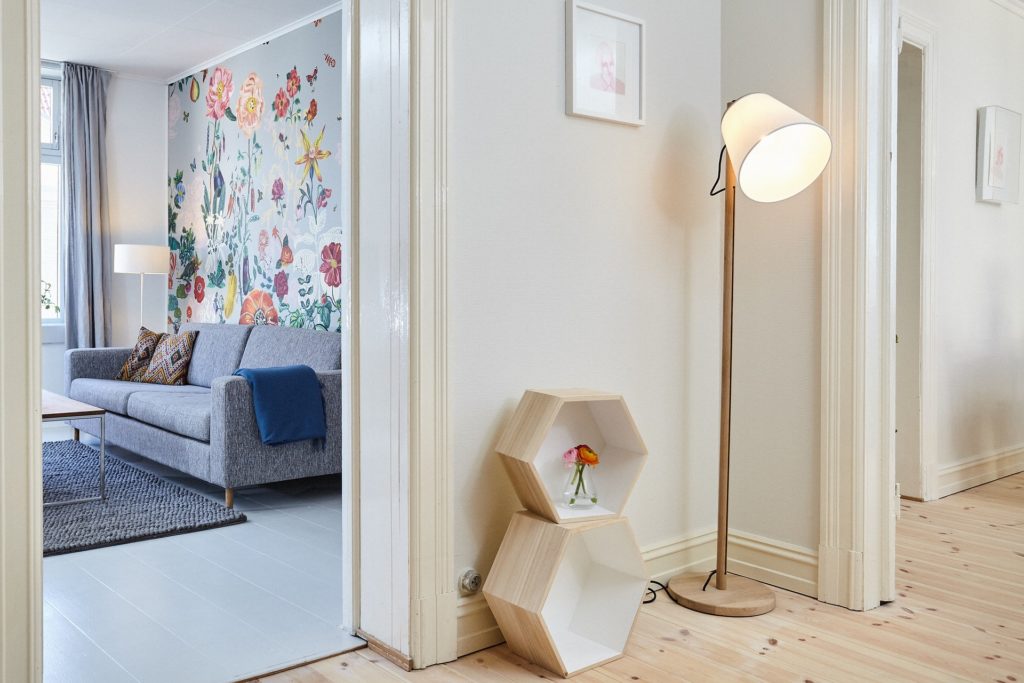
pixabay
Stay Clear Of Glass
Ever had a school experiment where you had to place a magnifying glass between the sun and the leaf and suddenly, the latter is already burning? The same happens when you place a sort of glass object near your lamp. When the light of the appliance shines too intensely onto your empty drinking glass, eyewear, or even a desk magnifying glass, it’s possible that the objects near them will burn up and sparks are bound to happen. This, eventually, might lead to a fire, albeit a small one. But even a small fire can lead to a big and disastrous one if not put out immediately.
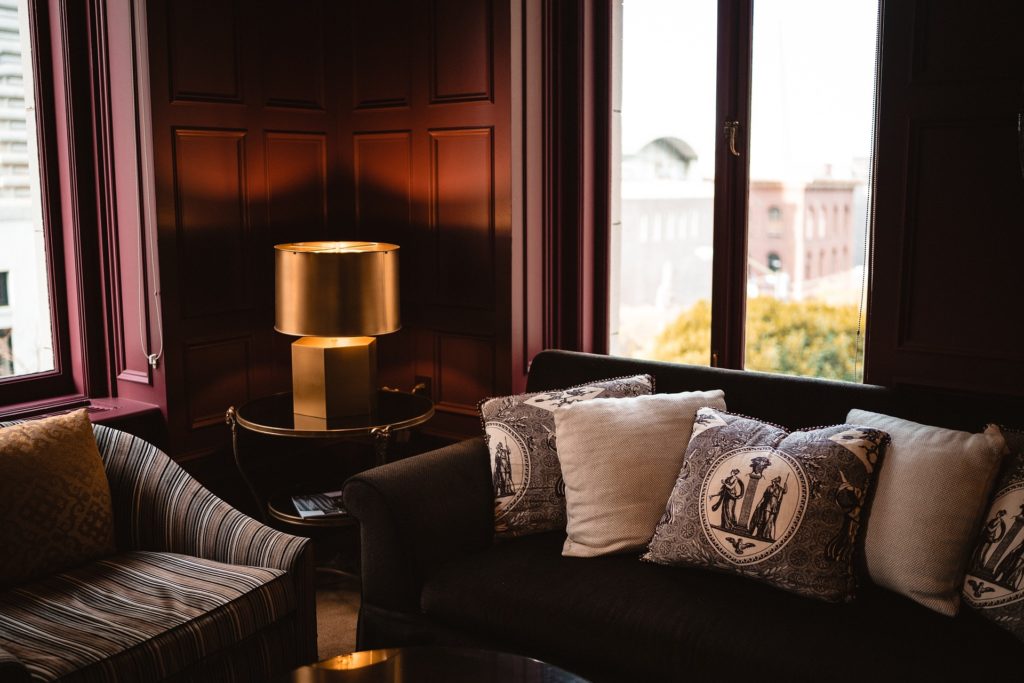
pixabay
Turn It Off When Not In Use
Finally, it’s always important that you turn off your lamp when you’re not using it. during the daytime, use the sunlight instead. And when you’re about to go to bed, turn them off. This won’t only conserve electrical energy, it will also avoid fires from starting, be it due to the possible accidents that are mentioned earlier or the electronic short-circuiting itself.
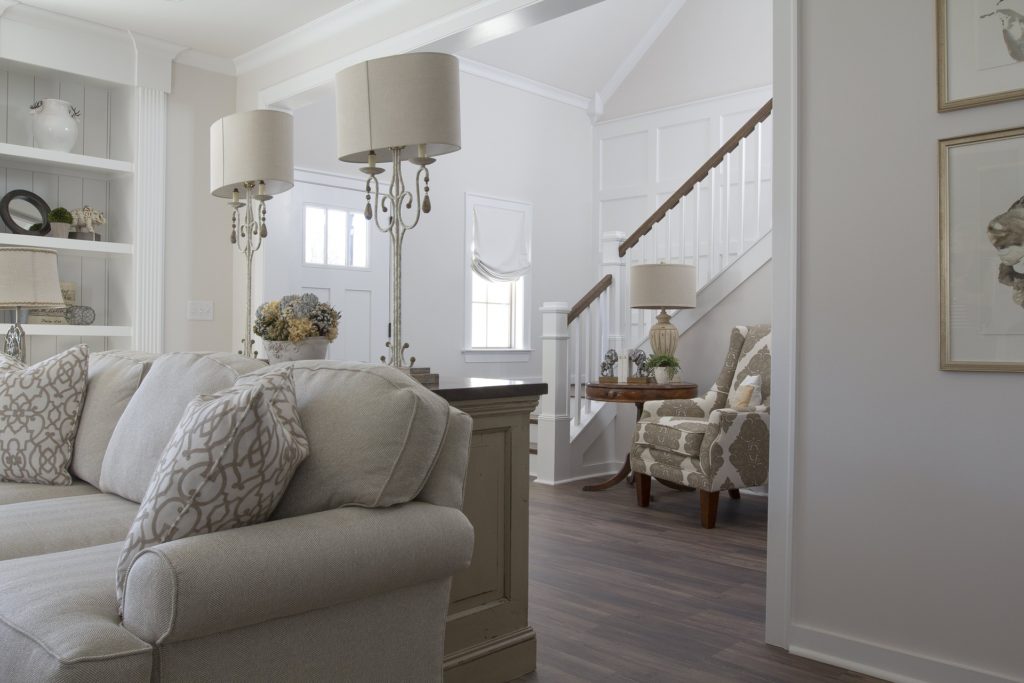
pixabay
Your house lamps are some of the most flammable objects inside your home. Take good care of them and control them in order to avoid starting any fire that can lead to an ultimate disaster.

